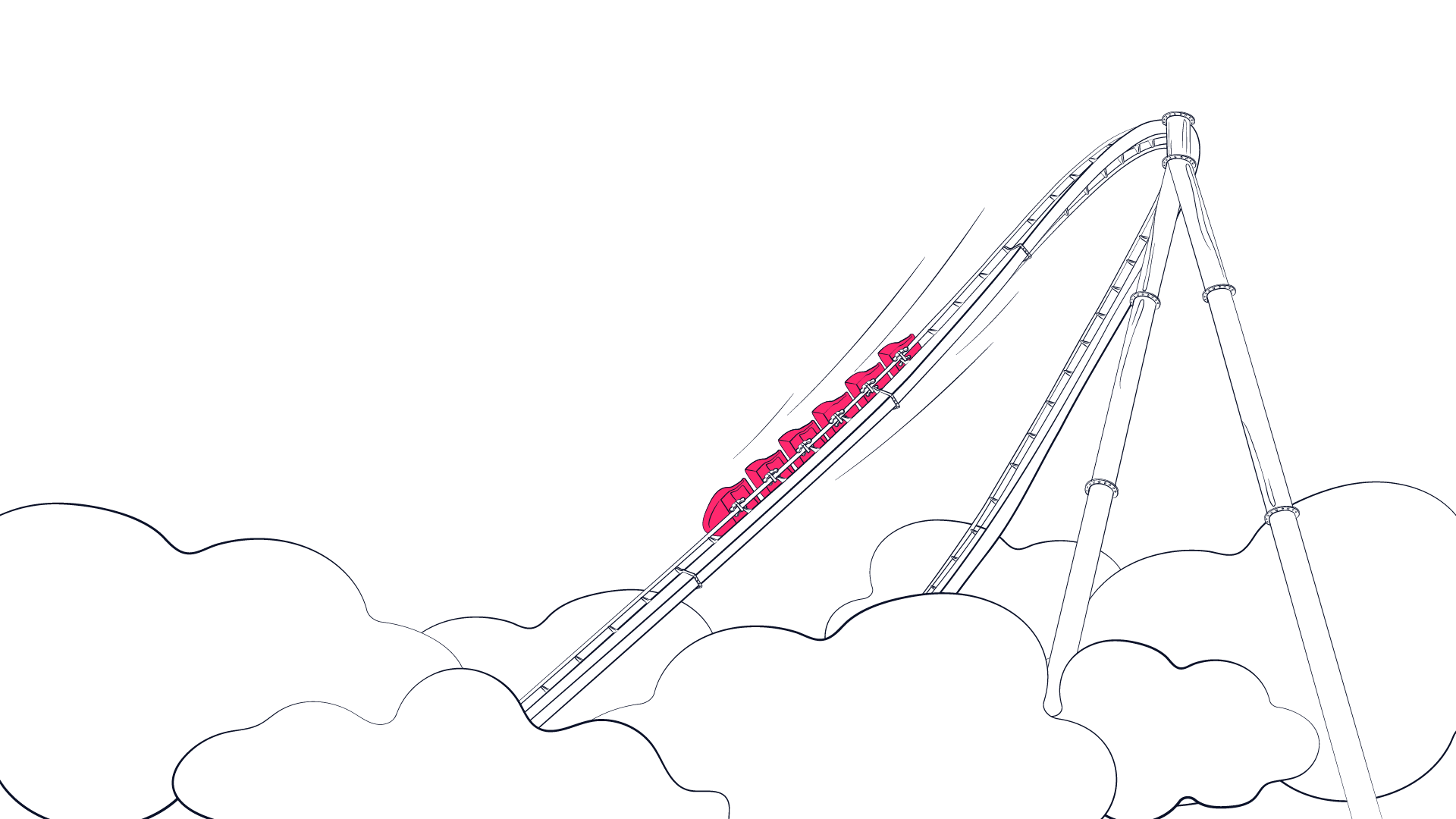What is Cloud Downtime?
Cloud downtime is a disruption in cloud-based services. As more companies are choosing to migrate to the cloud, any disruption in cloud services can be costly. Gartner estimates that cloud downtime costs a company $300,000 per hour on average.
It seems that major cloud service providers report outages frequently. These outages can last anywhere from a few hours to a few days. In 2021, AWS had three outages in one month.
For companies who are still in the process of integrating cloud technology into their business model, an outage of any duration can affect their bottom line. As a result, companies should consider cloud outages when developing a robust disaster recovery plan. It’s no longer a matter of if, but when.
The Top Causes of Cloud Outages
There are many reasons behind cloud outages such as:
- Natural disasters such as flooding and earthquakes
- Cyber attacks
- Power failure
- Hardware failure
- Loss of network connectivity
Mother Nature can wreak havoc on the physical data center that supports your cloud infrastructure if in the path of a hurricane, tornado or other severe weather event. In the summer of 2022, it was record heat that impacted data centers, forcing them offline. As severe weather events have increased in frequency and intensity, so too has the potential for cloud outages.
Increasingly, malicious actors have targeted cloud service providers leading to cloud downtime. Remember that employee who inadvertently opened that phishing email? Well, guess what, that small human error could open up your entire business to targeted attacks. Ransomware and other sophisticated tools can quickly take over your cloud infrastructure leading to unexpected outages.
Power failures can be caused by natural disasters, poor design or local power station issues. In December 2021, a power outage at a single data center led to major disruption of online-facing companies including Slack and Epic Games. It took nearly 2.5 hours to restore power to the data center, before cloud services could resume.
The hardware itself may cause a cloud outage if not properly maintained over time. The physical server, hardware, cabling and other components that comprise a data center all need to be serviced and maintained over time. These components wear out over time and need to be replaced. Poor maintenance practices can lead to cloud outages if not addressed in time.
A loss of network connectivity can also lead to cloud outages. In June 2022, a network configuration change caused a one-hour cloud outage on CloudFlare supported companies including Shopify, Fitbit and Peloton. The connectivity issues can range from cloud service provider to customer, or from the cloud service provider back to the data center. Either way, your business should not feel like they’re walking a network connectivity tightrope when it comes to embracing cloud technology.
How Cloud Downtime Can Impact Your Business Activities
The impact of cloud downtime is quickly felt throughout your organization. Your customer-facing applications can come to a screeching halt if you don’t have an automatic backup plan in place. For companies whose business model relies on numerous customer transactions a day, unexpected cloud downtime can spell disaster.
Some customers may become so frustrated with a slow or non-functional application because of a cloud outage, that they may decide to shop elsewhere. It’s been shown that it takes only 3 seconds for a customer to abandon their carts if they run into a slow-responding webpage. Maintaining continuous cloud service is essential for your business to remain competitive.
Your internal organization also suffers with a cloud outage. The productivity of your employees, contractors and other support staff sharply declines. This is because a cloud outage impacts their access to the core databases, applications and tools that they need to perform their job.
Your cloud resources need to be brought back online safely and securely following unexpected cloud downtime. If not, you could face corruption of your data or even data loss. Inaccurate or missing data prevents you from gaining critical insights into your business operations, further hampering your growth.
Tips for Minimizing Your Risk During Cloud Downtime
While it may seem like downtime in cloud computing is inevitable, there are numerous steps you can take to minimize the impact to your organization.
Plan Ahead for Maintenance Windows
Cloud service providers have windows when they perform major repairs and upgrades to your cloud infrastructure. This can leave your mission critical workloads down for up to an hour during these maintenance windows. A self-healing architecture proactively checks for maintenance windows and can rebalance cloud resources to minimize down time.
Build Redundancy into Your Cloud Architecture
You should maintain backups of your cloud resources as part of your disaster recovery plan. You can choose to maintain continuous backups or periodic backups depending on your risk. Either way, it’s going to cost you. Remember, on the cloud, every byte counts. Each backup takes up valuable real estate on the cloud that starts to add up over time.
Cloud redundancy also adds a layer of complexity that your in-house IT team may or may not be able to support. Each instance of your cloud needs to communicate to each other so that they can be switched over at a moment’s notice. You also need to maintain multiple copies of the same database, applications, and workloads. This is no easy feat for companies who are still on their cloud migration journey.
Test everything, test frequently
Don’t wait for unexpected cloud downtime to catch you by surprise. You should challenge all components of your cloud infrastructure, often. As your company grows, so will the complexity of your cloud infrastructure. You need to ensure that all components will perform as intended in case of a true cloud outage.
You should confirm that your failover process happens automatically, with minimal or no interaction. You want your core business operations to be back up and running as soon as possible following an unexpected outage.
Take Down Cloud Downtime with Silk
With Silk, we can help you make downtime in cloud computing a thing of the past. The Silk Cloud Data Virtualization Platform is a virtualized layer that sits between your applications and the cloud. Silk is Always On, with no single point of failure. With Silk, you gain the confidence that your cloud-supported applications are always readily available and are resilient.
But don’t just take our word for it.
Sentara Healthcare was looking for a way to reduce the downtime caused each time they ran the reporting feature on their EHR system (Enterprise Health Records). The process took up to 7 hours each night leaving their providers and patients unable to access the database.
Silk stepped in to provide a solution to meet their needs. We used our patented snapshot process to create instant copies of their database. These snapshots could be moved to a different cloud instance and leveraged during downtime. In under 15 minutes, Sentara had the backups that they needed, giving their end users virtually 24/7 access to their data.
We invite you to learn more of how we can help you fight cloud downtime, improve access to your cloud resources, and keep your customers happy by visiting us at silk.us.




